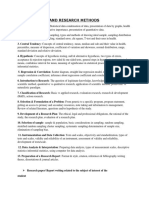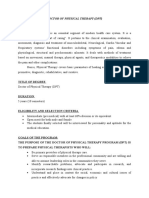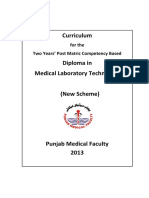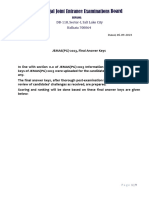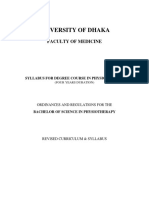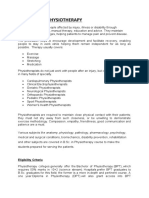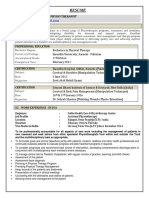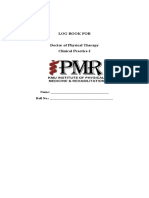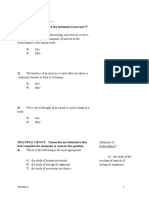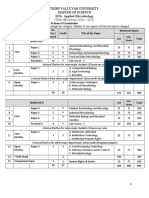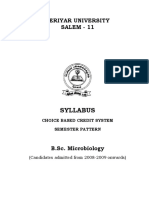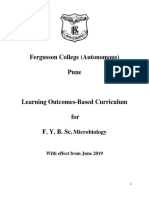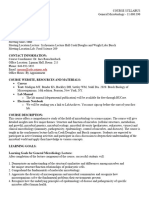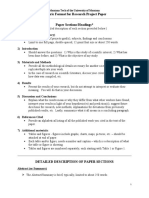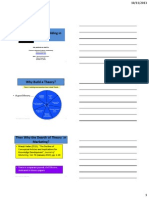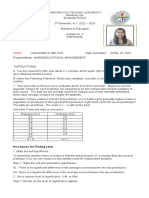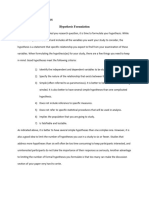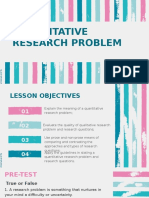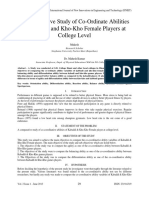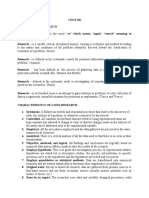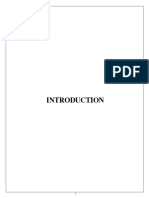100% found this document useful (1 vote)
2K views13 pagesHCPC Course Information Form
This document is a course information form that must be completed by the applicant's university or training institution as part of their application to practice within the UK. It requests details on the content, hours, and assessment methods of the applicant's academic and clinical training program. This includes subject titles, modules, content covered, hours studied, and whether the training was undertaken at the certifying institution. The form must be stamped by the institution and include contact information for verification purposes. It will provide applicant specific details needed for registration.
Uploaded by
Lenin narayanan MCopyright
© © All Rights Reserved
We take content rights seriously. If you suspect this is your content, claim it here.
Available Formats
Download as PDF, TXT or read online on Scribd
100% found this document useful (1 vote)
2K views13 pagesHCPC Course Information Form
This document is a course information form that must be completed by the applicant's university or training institution as part of their application to practice within the UK. It requests details on the content, hours, and assessment methods of the applicant's academic and clinical training program. This includes subject titles, modules, content covered, hours studied, and whether the training was undertaken at the certifying institution. The form must be stamped by the institution and include contact information for verification purposes. It will provide applicant specific details needed for registration.
Uploaded by
Lenin narayanan MCopyright
© © All Rights Reserved
We take content rights seriously. If you suspect this is your content, claim it here.
Available Formats
Download as PDF, TXT or read online on Scribd
/ 13










